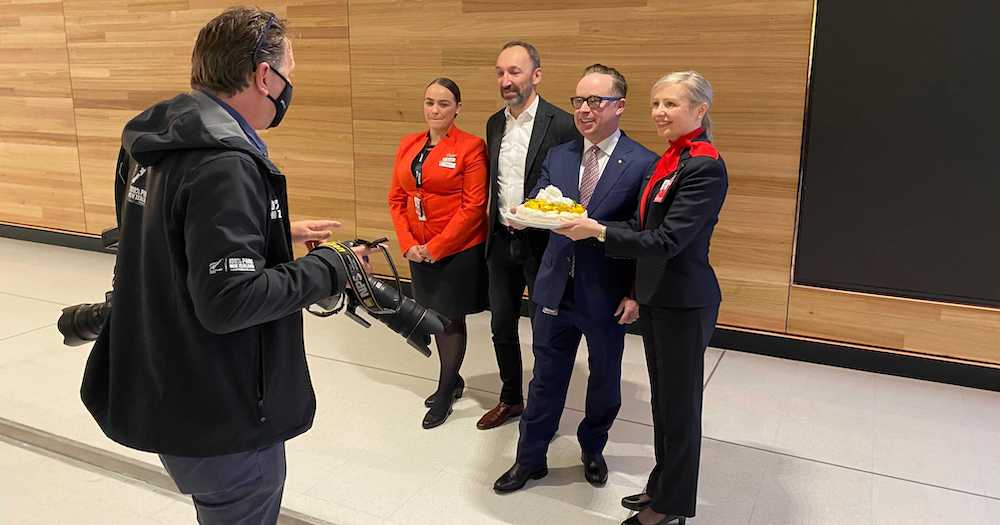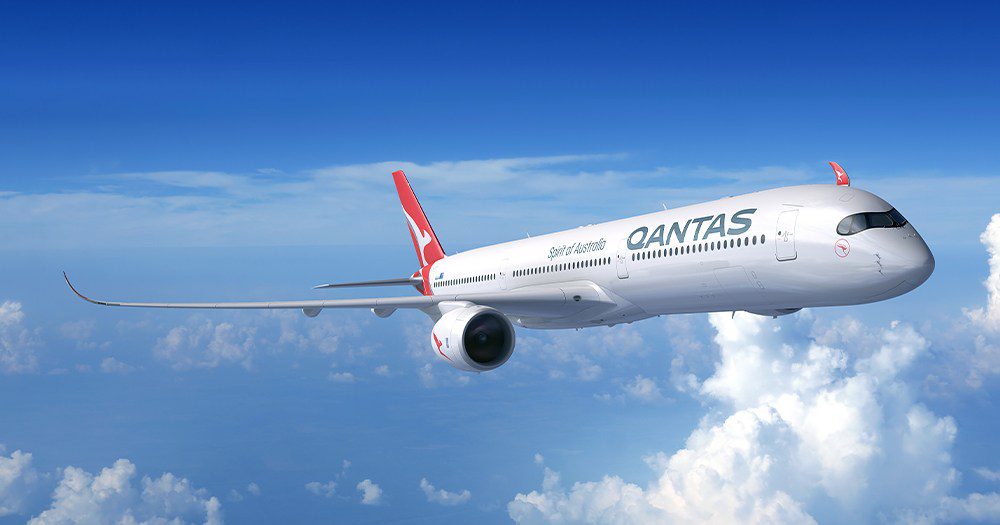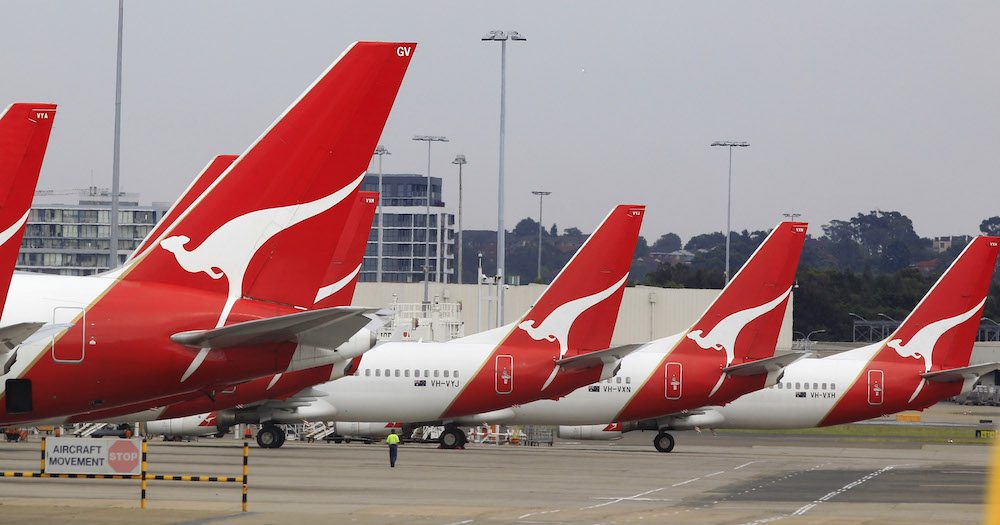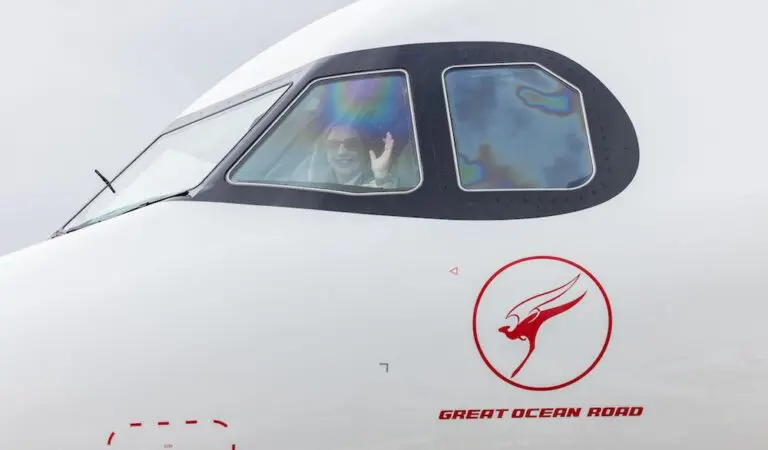Qantas has given its market update for FY21, indicating a sustained rebound in domestic travel demand and the performance of its Freight and Loyalty divisions which continue to drive the Qantas Group’s recovery from the impacts of COVID-19.
Qantas says it expects a loss in excess of $2 billion before tax based on current trading conditions. However, the Group says it expects to be statutory free cash flow positive for the second half of FY21.
The total revenue loss for the Group since the start of COVID is now projected to reach $16 billion by the end of the financial year 2021.
Assuming there are no further lockdowns or significant domestic travel restrictions, the Group expects a turnover of between $400 – 450 million for FY21.
“We have a long way still to go in this recovery, but it does feel like we’re slowly starting to turn the corner,” said Qantas Group CEO, Alan Joyce.
The Group says net debt levels peaked in February at $6.4 billion and are expected to be lower than they were in December ($6.05 billion) by the end of the financial year.
Domestic looking good

Consumer confidence in domestic travel is proving more resilient compared with earlier in the pandemic, despite the temporary tightening of some border restrictions.
Corporate travel, including the small business segment, continues to recover and is now at 75 per cent of pre-COVID levels.
Leisure demand is also growing strongly, with deferred international holidays converting into multiple domestic trips.
The Group says it is on track to reach 95 per cent of its pre-COVID domestic capacity for the fourth quarter of FY21. Qantas and Jetstar expect to average 107 and 120 per cent respectively of their pre-COVID domestic capacity in FY22. All domestic Qantas and Jetstar aircraft are back in service.
Alan Joyce said, “It’s great to see so many of our people now back at work and the majority of our fleet back in the air. Our recovery strategy of targeting cash-positive flying rather than pre-COVID margins is helping increase activity levels and repair our balance sheet.”
In addition, QantasLink has activated eight (of up to 14) Embraer E190 aircraft as part of its deal with Alliance Airlines. Jetstar is reactivating up to five Boeing 787-8s for domestic use as well as six A320s on loan from Jetstar Japan.
With the increase in domestic leisure travel demand, Qantas and Jetstar have now announced a total of 38 new routes since July last year.
Trans-Tasman rebuilding steadily

The Group says demand between Australia and New Zealand is rebuilding steadily, with capacity being limited to around 60 per cent of pre-COVID levels.
The net cash cost of carrying the international division has improved with the two-way Trans Tasman travel bubble and strong performance from Freight, dropping from $5 million per week to around $3 million.
All of Qantas’ Boeing Dreamliner 787-9s and about half of its A330 aircraft are active, flying a mix of freight, repatriation and regular passenger services.
In regards to international travel, the Group has revised its expectations for the return of a significant level of international flying from end-October 2021 to late December 2021 (except Trans Tasman).
This is in line with the Australian Government’s revised timeline for the effective completion of the national COVID-19 vaccination program, and the Qantas Group is optimistic that the opportunities for additional travel bubbles with other countries will increase significantly from that point.
The Group says it will continue to liaise with the Australian Government and adjust its planning assumptions as necessary.
“Australia has to put the same intensity into the vaccine rollout as we’ve put on lockdowns and restrictions, because only then will we have the confidence to open up,” Alan Joyce stated.
The recovery

The Group says its target of at least $1 billion in annual cost reduction by FY23 is well on track, with $600 million delivered this financial year.
Ninety per cent of redundancies associated with the 8,500 job losses (already announced) are now complete, with the remainder finalised by the end of FY21, with the offer of voluntary redundancy for Qantas international cabin crew in addition to losses already announced.
There will also be a two-year wage freeze, with management subjected to these same wage conditions.
Today, the Group confirmed that as part of reducing its costs of sale, it would slash the front-end commissions paid to travel agents on international tickets from 5 per cent to 1 per cent.
The change won’t take effect until July 2022, with Qantas saying this “gives time for the industry to adapt.”





